In Mindsuckers, Anand Varma take us close to the world of parasitic creatures. “No one wants to know about parasites,” he says. We do. It’s just that we don’t always like what we hear.
PARASITIC BARNACLE Heterosaccus californicus
SHEEP CRAB Loxorhynchus grandis

A male sheep crab infected by a parasitic barnacle is feminized. It stops developing fighting claws, and its abdomen widens, providing a “womb” for the barnacle to fill with its brood pouch. Nurtured by the crab, the eggs hatch. Thousands of baby barnacles disperse to infect anew.
HORSEHAIR WORM Paragordius varius
HOUSE CRICKET Acheta domesticus
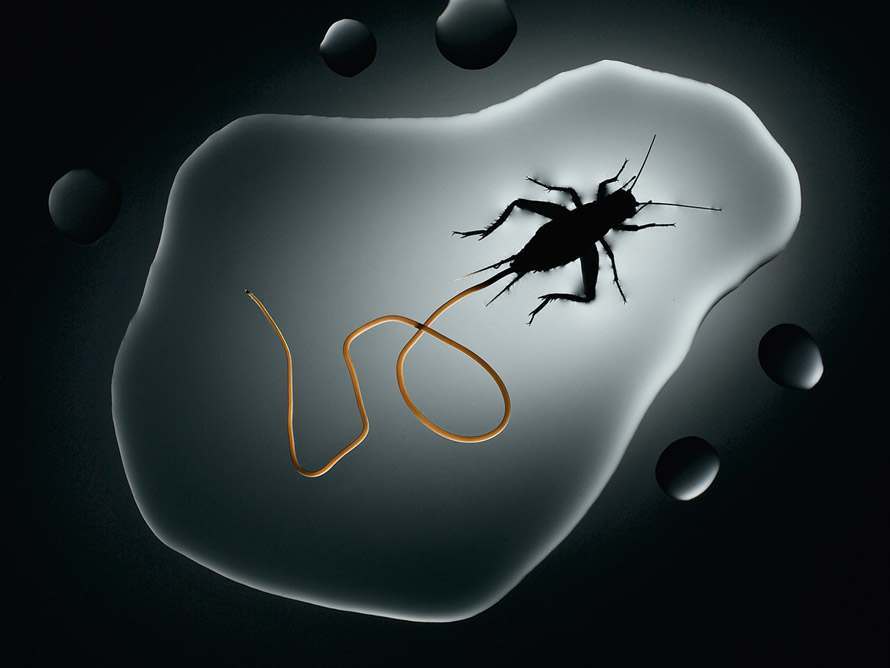
The house cricket loses its mind to the horsehair worm. The parasite’s larvae invade the cricket when it scavenges dead insects, then grow inside it. The cricket is terrestrial, but the adult stage of the worm’s life cycle is aquatic. When the mature worm is ready to emerge, it somehow tells the cricket to leap into the nearest body of water. As the cricket drowns, the adult worm emerges, sometimes a foot in length.
PARASITIC WASP Dinocampus coccinellae
SPOTTED LADY BEETLE Coleomegilla maculata
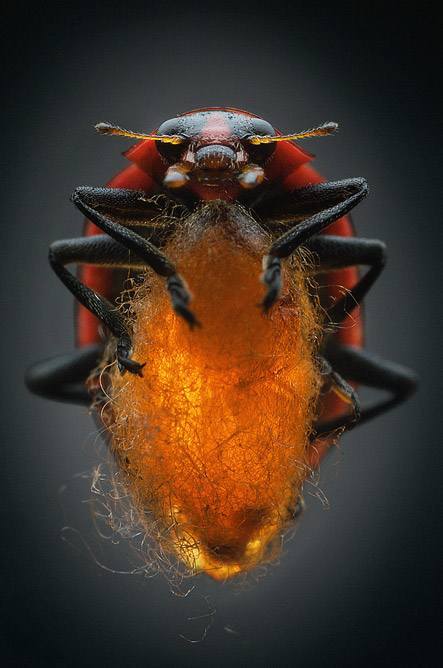
Ladybird infected by the wasp species Dinocampus coccinellae. When a female wasp stings a ladybird it inserts an egg. After the egg hatches, the larva begins to eat its host from the inside out. The parasite emerges, spins a cocoon between the ladybug’s legs. The ladybird now functions as a living shelter, protecting the larva from potential predators. Incredibly, the ladybird can survive this horror.
SPINED TURBAN GALL WASP Antron douglasii
VALLEY OAK Quercus lobata
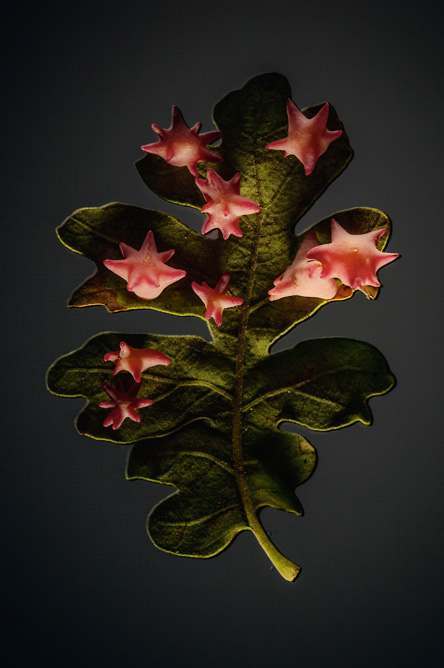
The spined turban gall wasp injects its eggs into oak leaves. The plant reacts to the wasp’s sting by building pink structures around the growing larvae, called galls. Inside the plant’s own protective husk, the nascent wasps eat the host.
THORNY-HEADED WORM Pseudocorynosoma constrictum
AMPHIPOD Hyalella azteca
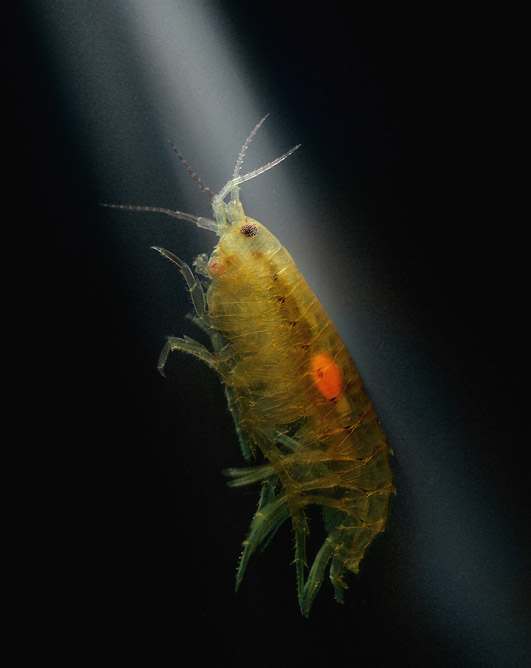
The dark-loving Hyalella azteca is targeted by the larva of a thorny-headed worm. When the larva matures, the amphipod swims toward the light of the surface, where its is eaten by fowl. Inside the bird, the thorny-headed worms can grow.
PARASITIC FLATWORM Ribeiroia ondatrae
AMERICAN BULLFROG Lithobates catesbeianus
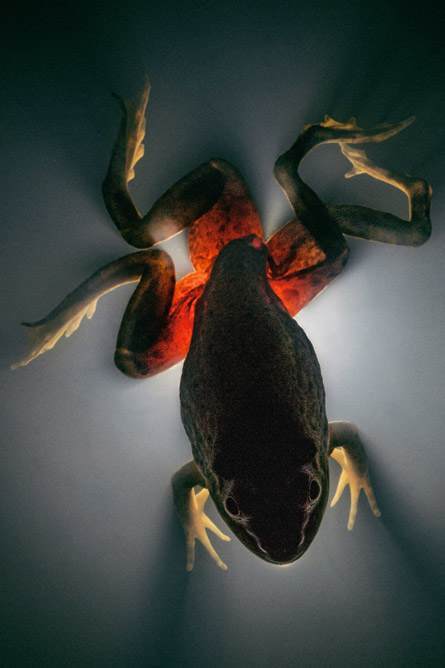
The flatworm Ribeiroia ondatrae reproduces asexually inside a snail. Its larvae find a bullfrog tadpole and burrow their way through its skin, forming cysts around the frog’s developing limbs. No deformed and unable to move well, the frog is easily picked off by feasting herons. Inside the heron, the parasite reproduces sexually. Its eggs reenter the water when the bird defecates, infecting new snails. And on it goes.
OPHIOCORDYCEPS FUNGUS Ophiocordyceps sp.
AMAZONIAN ANT Dinoponera longipes
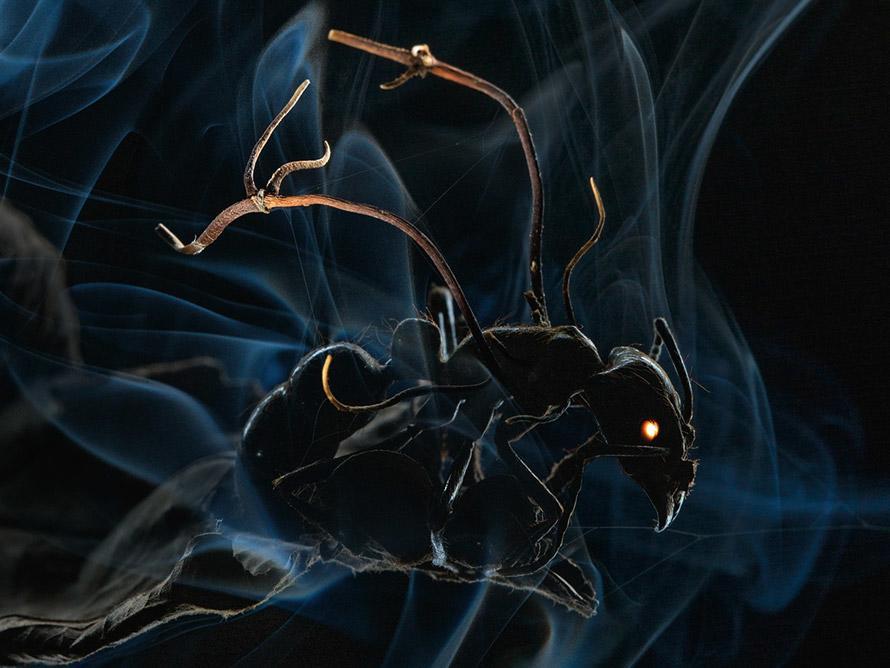
When spores of this fungus land on an ant, they seep through its exoskeleton and enter its brain, compelling the host to leave its normal habitat on the forest floor and scale a nearby tree. The ant fastens itself to a leaf or another surface. Fungal stalks shoot from the ant’s husk and rain spores onto ants. And on it goes.
WHITE BUTTERFLY WASP Cotesia glomerata
CABBAGE BUTTERFLY Pieris brassicae

The caterpillar of the cabbage butterfly has been bitten by a female white butterfly wasp, which has squirted dozens of eggs inside the host. The larvae hatch, stun the caterpillar and chew their way out. The caterpillar wakes from its drug-induced sleep. The larvae spin cocoons beneath it. The caterpillar wraps them with a layer of silk extra silk, guarding the invasion.
NEMATODE Myrmeconema neotropicum
ARBOREAL ANTS Cephalotes atratus
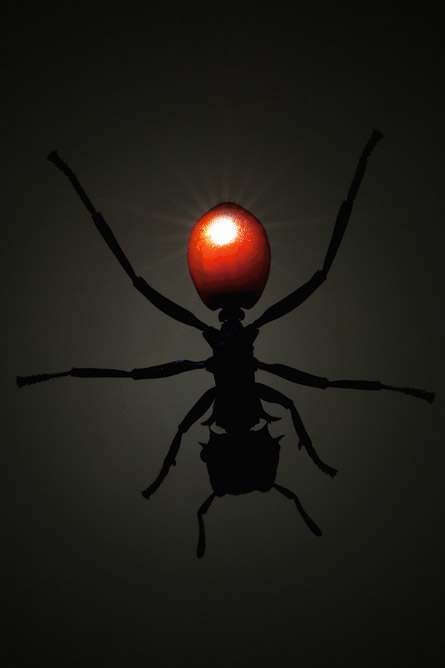
The arboreal ant Cephalotes atratus has gathered bird dropping to feed its larvae. Inside the dropping is the parasitic nematode Myrmeconema neotropicum. Inside the ant, the nematode turns its host’s abdomen maroon, looking to all the hungry birds like a ripe berry. Eat me!
PARASITOID WASP Hymenoepimecis argyraphaga
SPIDER Leucauge argyra
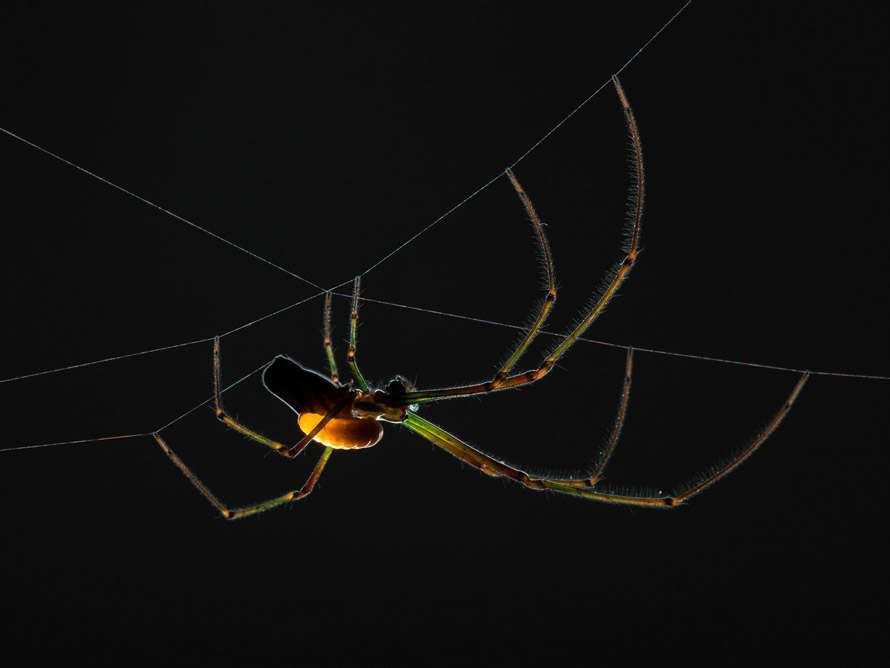
The spider Leucauge argyra is attacked by the parasitic wasp Hymenoepimecis argyraphaga. Paralyzed by the wasp’s sting, the wasps lays an egg on its abdomen. The hatched larva holds to the spider, drinking its internal fluids for a week. When ready to pupate, the larva some makes the spider spin a web of just a few thick strands. The larva then kills the spider by drinks everything its got, before spinning its cocoon on the weird web.
Images courtesy of Anand Varma.
Would you like to support Flashbak?
Please consider making a donation to our site. We don't want to rely on ads to bring you the best of visual culture. You can also support us by signing up to our Mailing List. And you can also follow us on Facebook, Instagram and Twitter. For great art and culture delivered to your door, visit our shop.








